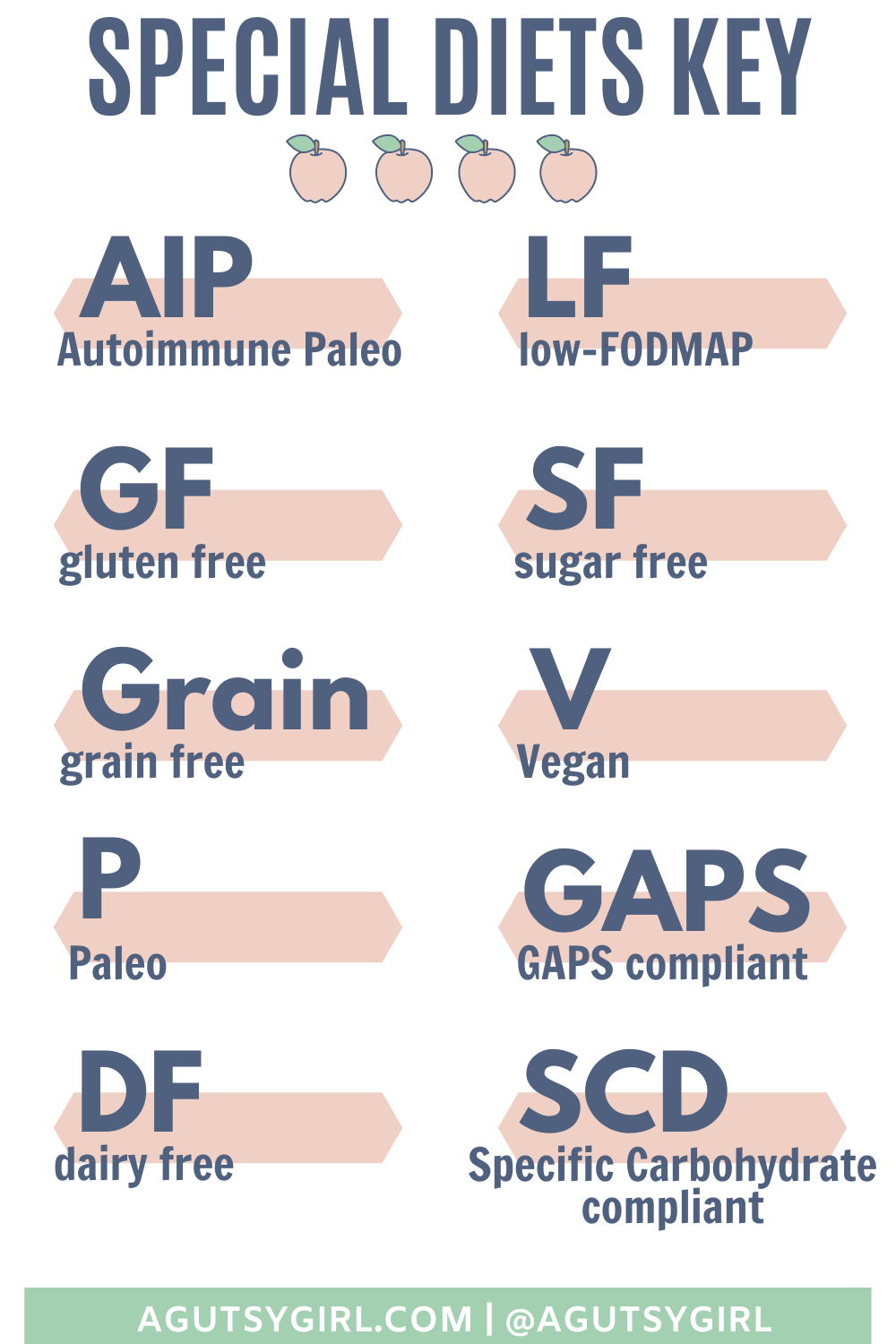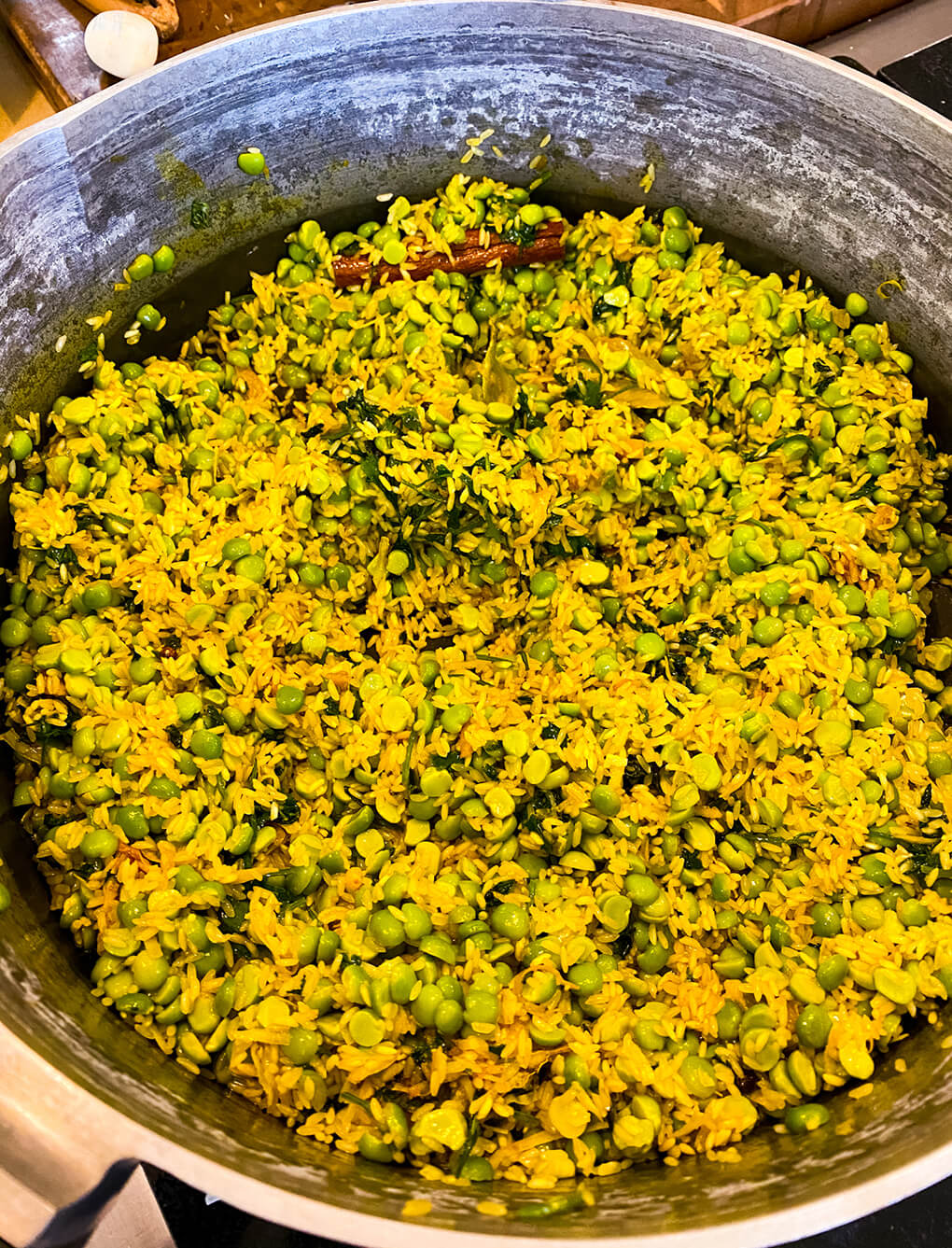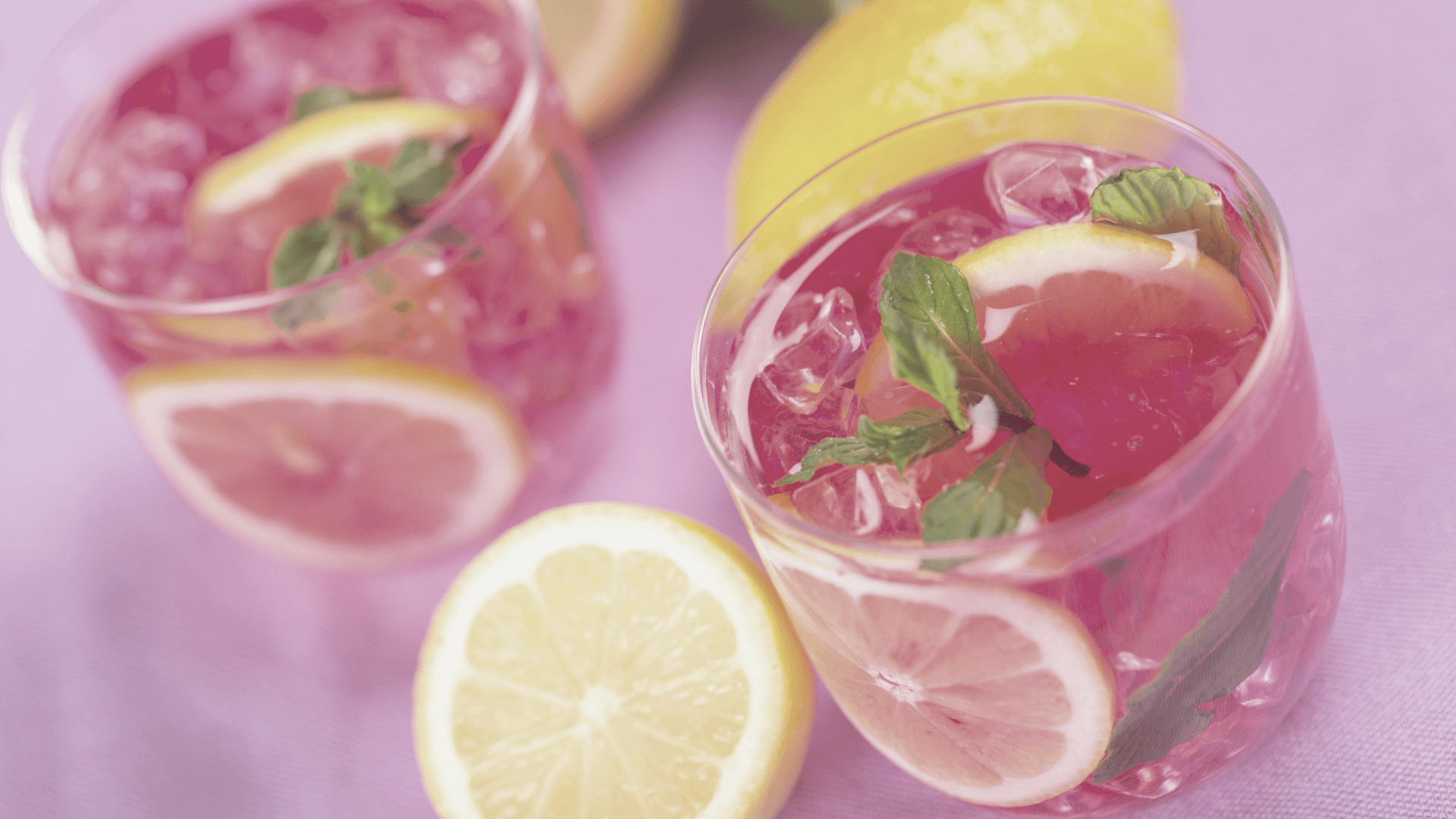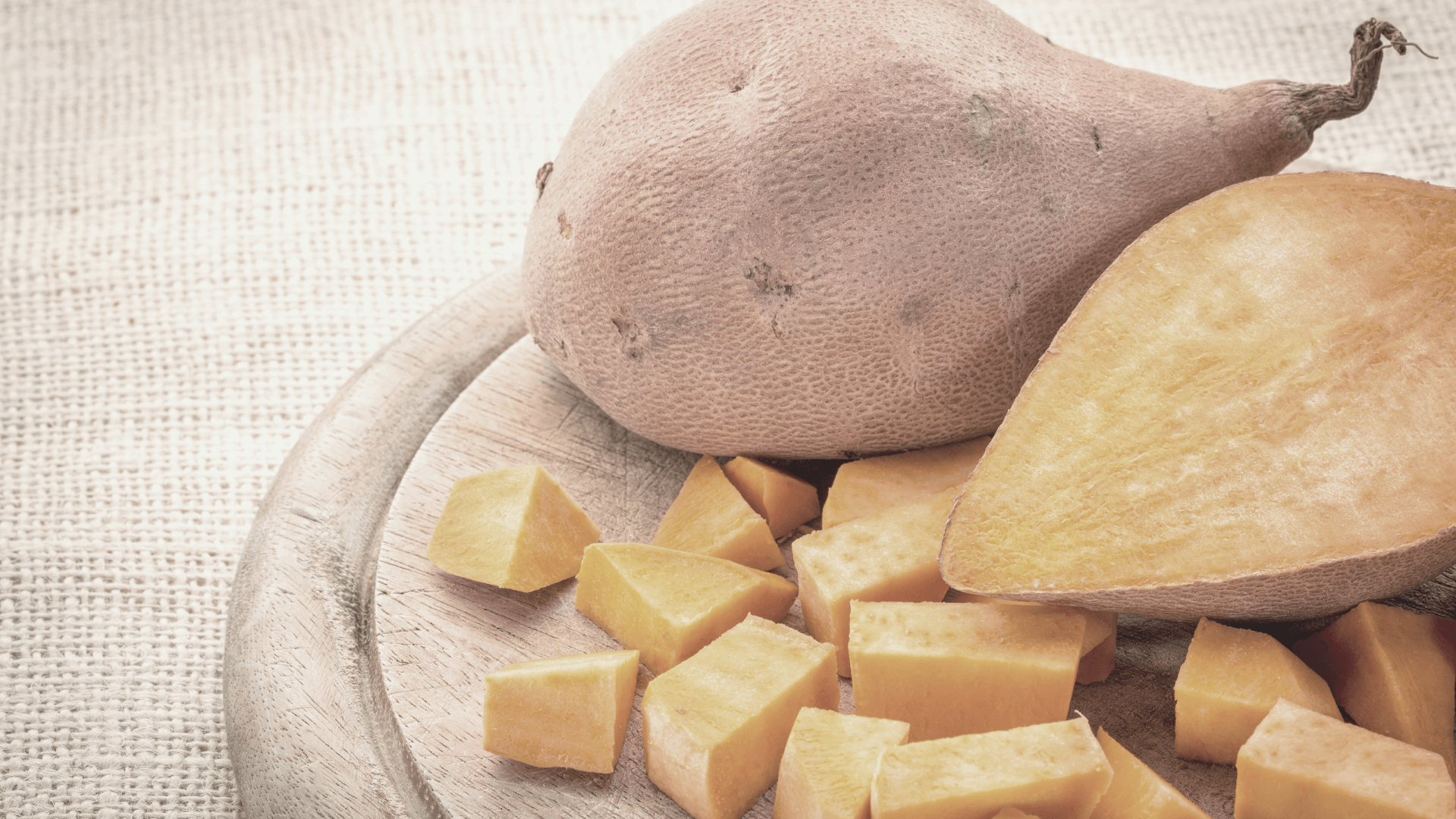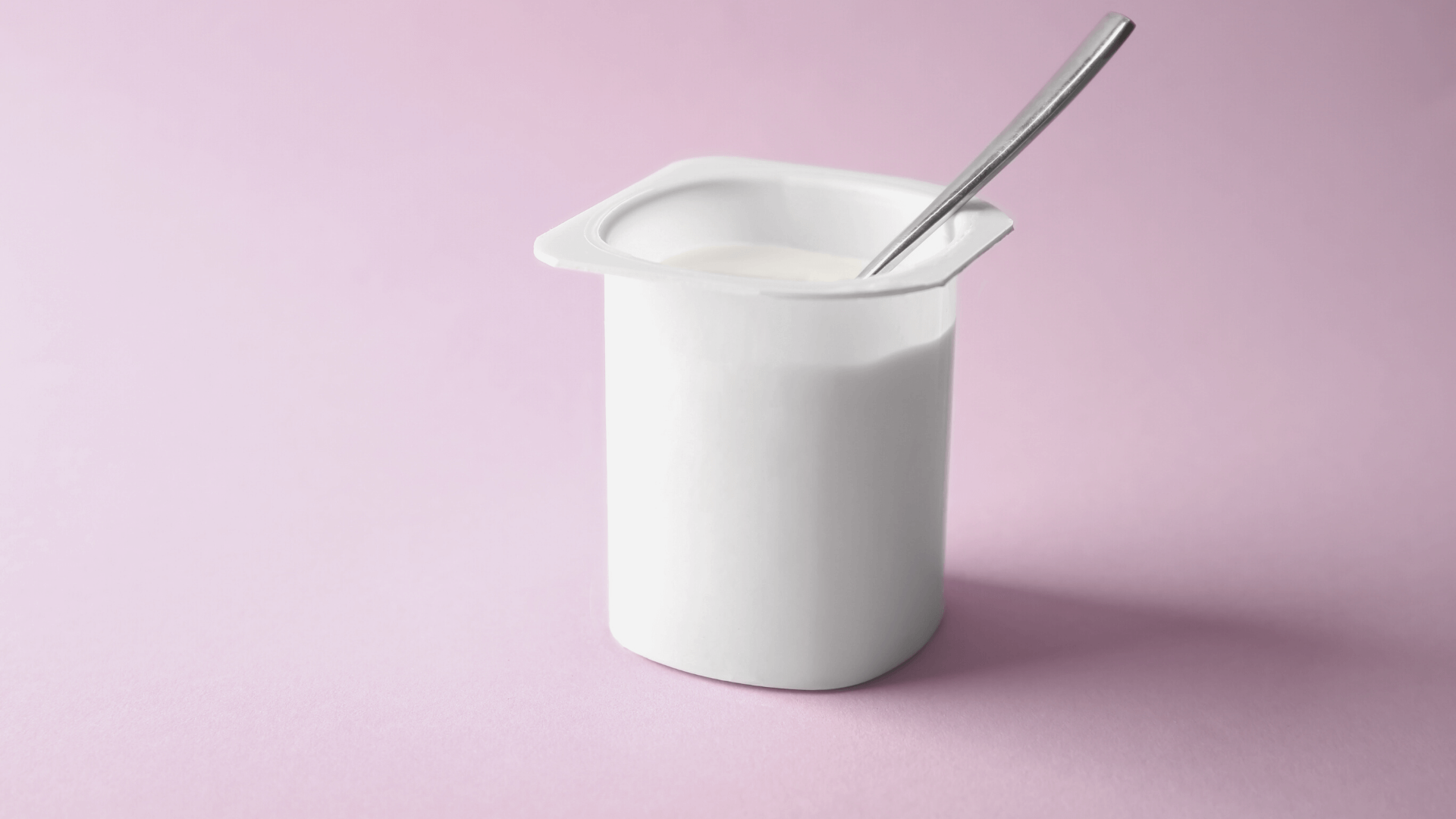The time has come for me to finally give my One Pot Kitchari Recipe.
First, let me share with you a little about my own journey with the kitchari.
My Personal Kitchari History
Like almost every other food and healing concept I first tried, 2009 was the year. If you promise not to laugh at my first blog ever, you can click HERE for all the times I mention the kitchari.
In case you don’t want to do that, here’s the lowdown:
- You will see I spelled it as such: Kitcheree. That’s because my original recipe was written that way. In addition to kitchari and kitcheree, I have also seen it with spelling: kitchadee. For the sake of this post and my personal recipe, Kitchari it is.
- For awhile, I was eating a lot of it.
- I made these notes about it on one post: Who knew that something with a name I’ve never even imagined to hear would be something I absolutely love?! My modifications: NO Ginger!I am so excited to have this to eat for the week. Ryan and I had it as part of our dinner tonight. He even liked it!”The kitcheree is especially beneficial for building strength when ill or aiding in detoxification.”I typically don’t even like “spicy” things, as there is a “kick” to this. But this is amazing!
- I once made note: After dinner tonight my stomach was terrible. I am suspecting the Mung Dal Kitcheree, but only because of the beans in it. I don’t think my stomach knows how to digest them properly yet. Eventually, but perhaps not yet. I had more than usual tonight, too.
So with all of that, let’s chat more about kitchari.
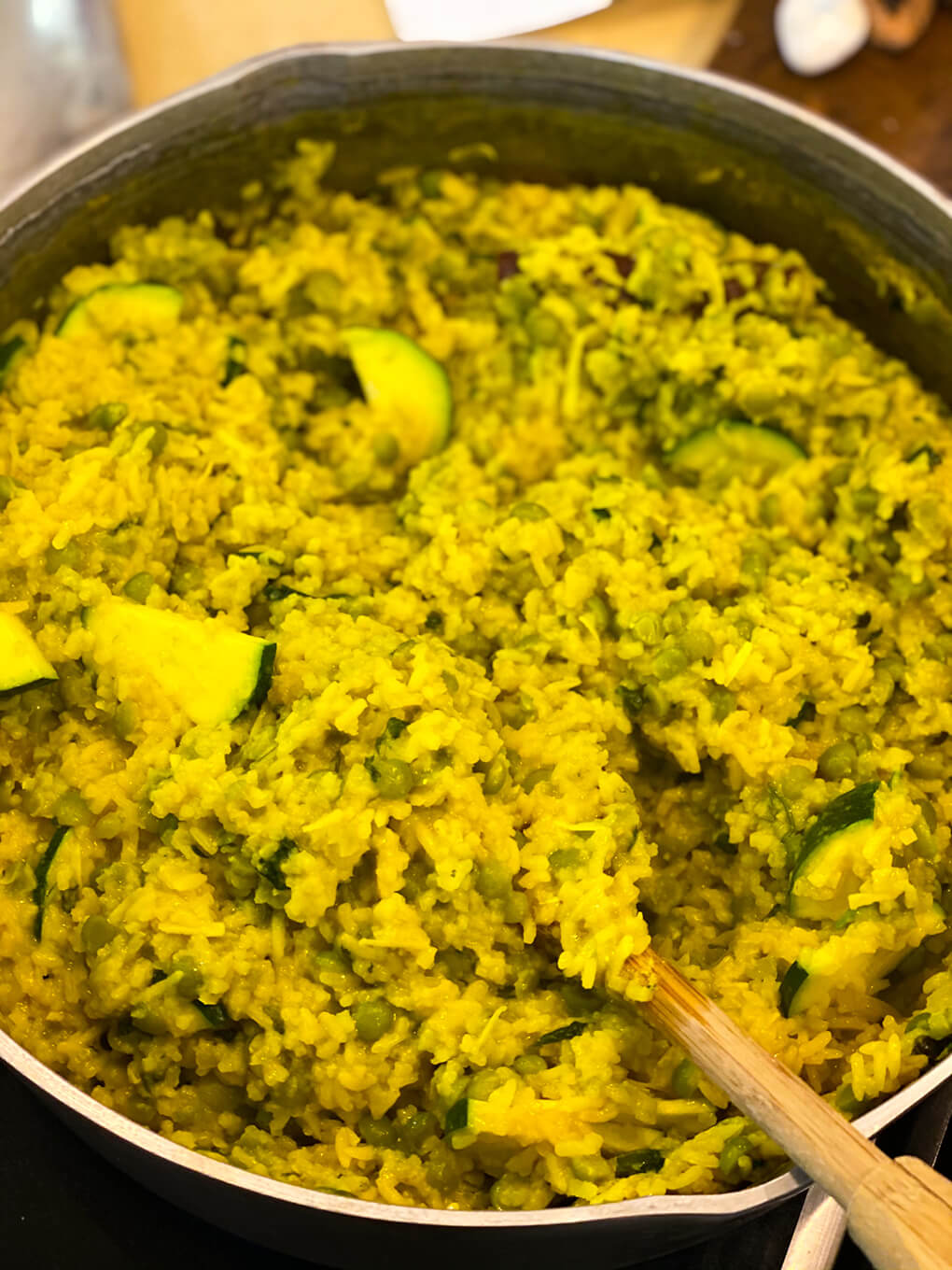
Kitchari
Clic HERE to save this post for later.
First, what exactly is kitchari?
Kitchari is an Ayurvedic dish that has been used as a traditional Indian cleansing dish. The word “kitchari” means “mixture,” usually of rice and beans. It is a thick, almost porridge-like dish.
The dish is based off Ayurvedic principles. Ayurveda is a traditional Hindu system of medicine, philosophy, and “science of life.”
- Ayur: Life
- Veda: Science
Ayurveda
The first time I truly began learning about Ayurveda was during my time at the Institute for Integrative Nutrition. But I dove deeper into it through their Gut Health Course in 2020.
Here are some basic Ayurvedic principles to know:
- In Ayurveda, health isn’t the absence of symptoms – it’s the presence of happiness.
- The mind and body are one.
- Health starts with agni (digestive fire), in the gut.
- Ama (toxins) are the root of all disease and digestive upset (lead to imbalances)
- Doshas represent combinations of elements, or life forces. Everyone has a primary dosha. Doshas can go in and out of balance; they can also shift over time.
- There are 3 doshas: vata, pitta, and kapha.
- Ayruveda is based on balancing opposites.
And here are some Ayurvedic principles to know (as they pertain to our BFF, the gut):
- Overall goal of gut health:
- Support agni, and reduce/eliminate ama by pacifying dosha imbalances.
- Keep agni strong in order to produce ojas (“vigor”/byproduct of optimal digestion).
- Each dosha has some direct correlation to the digestive system.
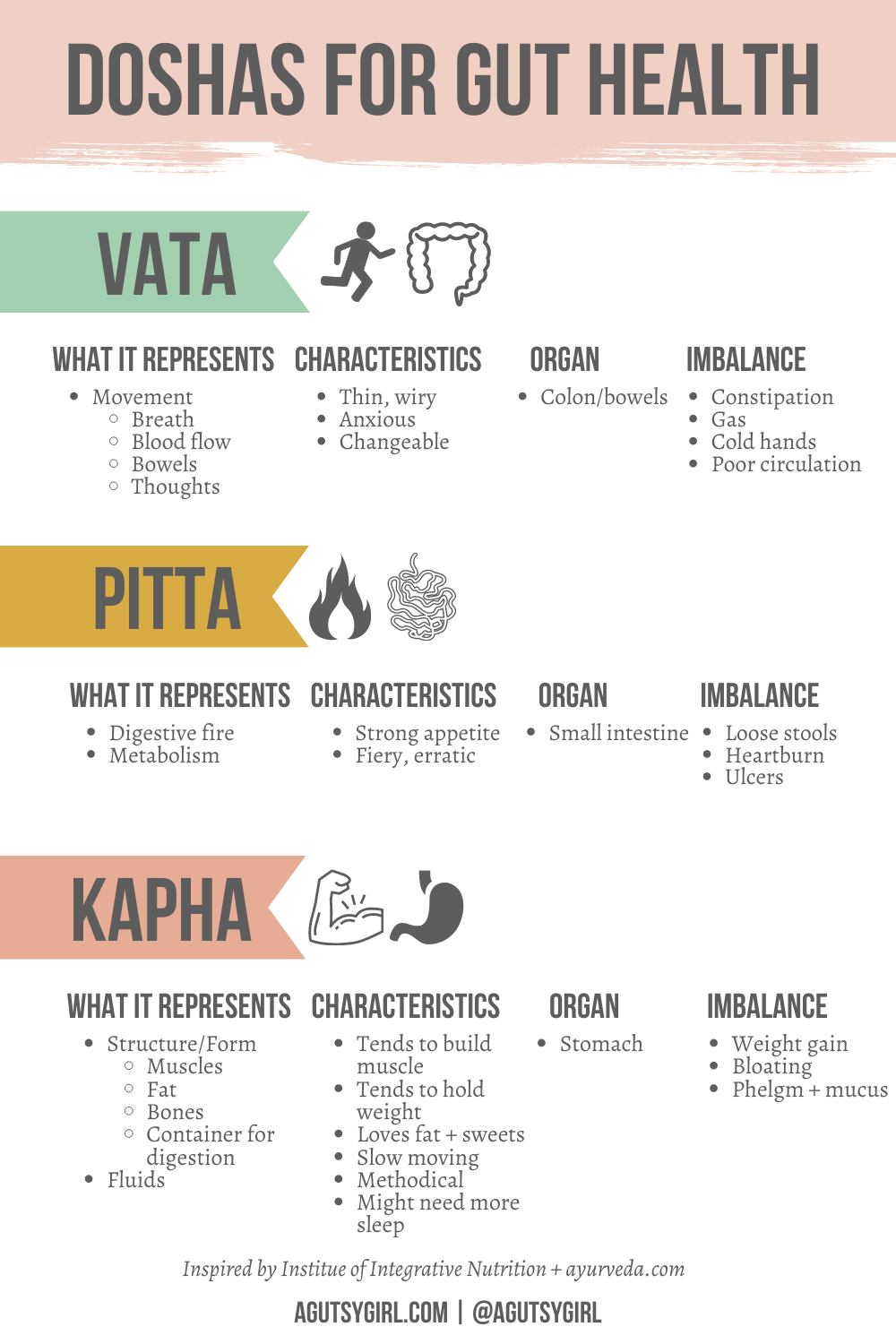
How to Determine Your Dosha
The graphic above will help you understand more about what your unique dosha is.
However, there is something else to consider: nature vs nurture. Or, Prakriti vs Vakriti.
- Prakriti: a person’s unique constitution, i.e. what you’re born with
- Vakriti: dosha that’s affected by environment, i.e. where the imbalance occurs
By nature, you’re a certain way. Your environment dictates the other.
So the question, then, is, how to balance them?
We shall get there.
Sit tight.
For now, I want to return to the kitchari. Understanding more about what the kitchari is and which ingredients it consists of might help you even more in exploring Ayurvedic medicine.
Traditional, Official Ayurvedic Kitchari Recipe: How to Make Kitchari
I want to share with you the Kitchari recipe ingredients, as stated on the Ayurveda.com website.
- 1/2 cup basmati rice
- 1 cup mung dal (split yellow)
- 6 cups (approx.) water
- 1/2 to 1 inch ginger root, chopped or grated
- bit of mineral salt (1/4 tsp. or so)
- 2 tsp. ghee
- 1/2 tsp. coriander powder
- 1/2 tsp. cumin powder
- 1/2 tsp. whole cumin seeds
- 1/2 tsp. mustard seeds
- 1/2 tsp. turmeric powder
- 1 pinch asafoetida (hing)
- handful of fresh cilantro leaves
- 1 and 1/2 cups assorted vegetables (optional)
Now, let me tell you a little more about why these ingredients are used, according to their site.
- Basmati rice and mung dal together create a balanced food that is a good protein combination, is easy to digest and gives strength and vitality.
- Vata Tea — equal parts ground ginger, cumin and coriander
- Pitta Tea — equal parts ground cumin, coriander and fennel
- Kapha Tea — equal parts ground ginger, cinnamon, and a pinch of clove
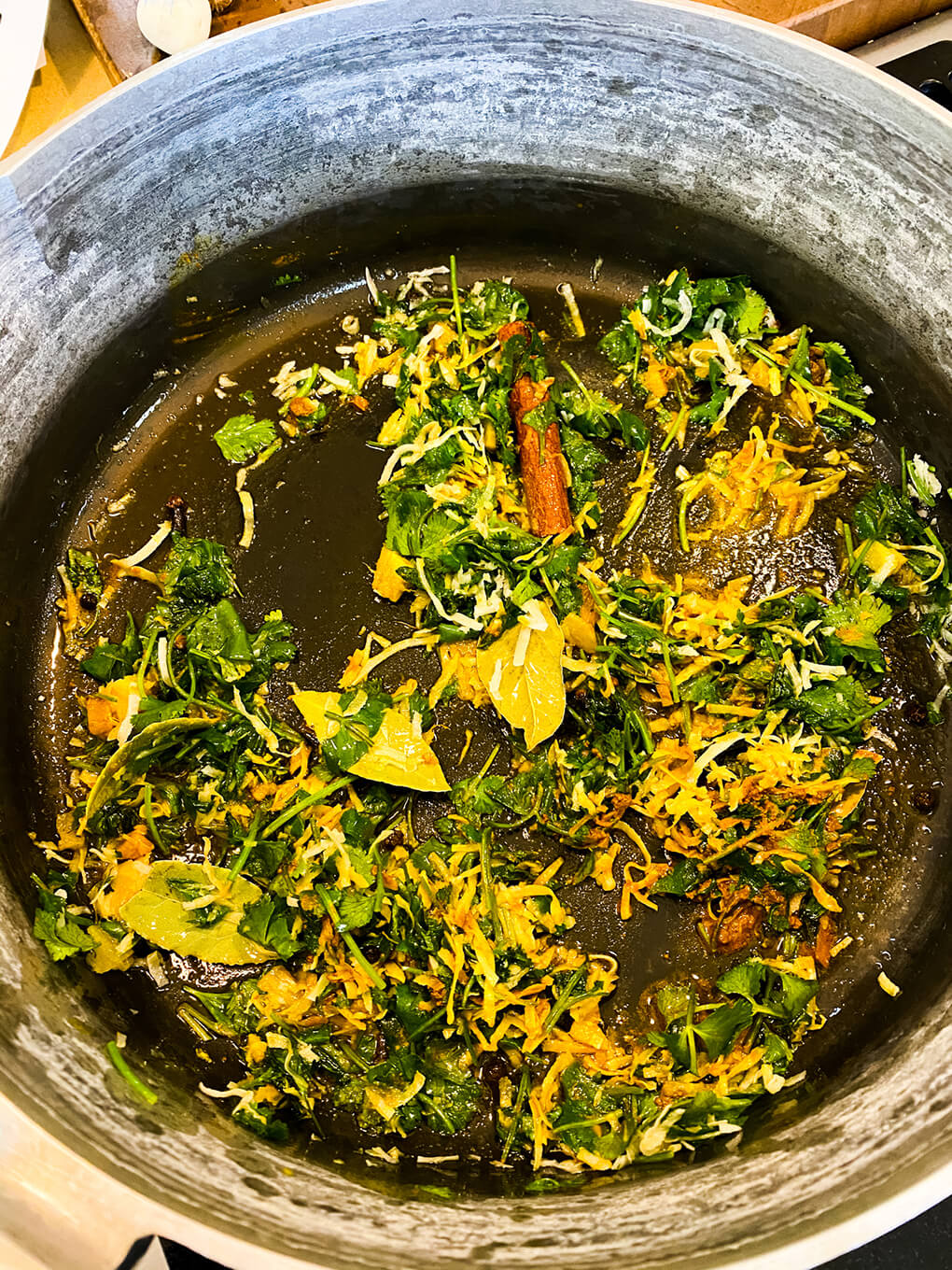
And also….
-
Ghee is commonly used in Indian meals
It is a clarified butter, which is simply butter that has been melted over low heat for an extended period of time, eliminates more of the moisture and causes the milk solids to caramelize. Once caramelized (and cooled) the top layer is eventually skimmed off. This layer (yes, the pure fat) is the Ghee. (Full post on Ghee HERE.)
-
Asafoetida
This ingredient is a fetid resinous gum obtained from the roots of a herbaceous plant, used in herbal medicine and Indian cooking. Asafoetida is used in savory dishes, often to add a more full flavor by mimicking the taste of onions, garlic, egg, and even meat.
One Pot Kitchari Recipe
Click HERE to save my personal one pot kitchari recipe for later.
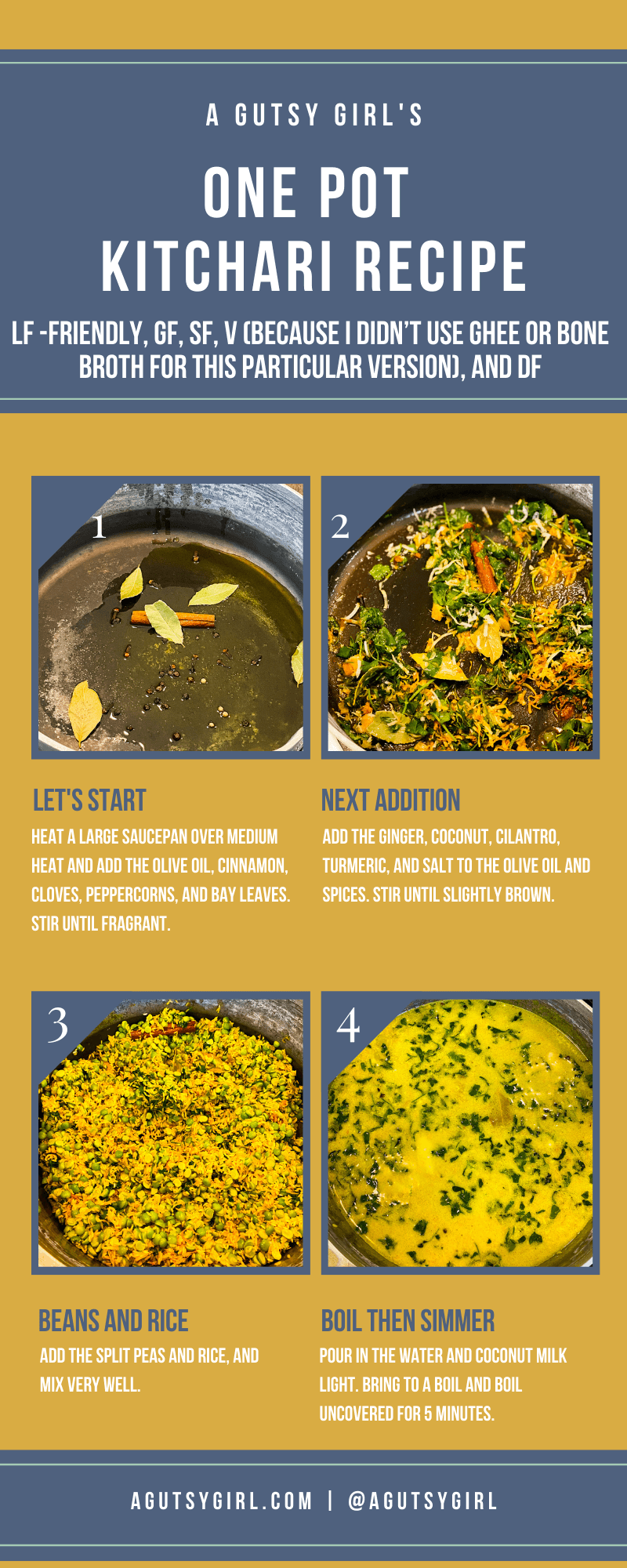
Okay, now it’s time to dive into my own, personal One Pot Kitchari Recipe.
And yes it is somewhat different than the above.
Here are the reasons why my one pot kitchari recipe is different:
-
BFE
I’m not going to tell you what that means because I rarely cuss on this website 🙂 However, that’s where we live. I believe I live in the coziest and best place possible to raise our family. However, it is BFE. There is no grocery store here. And therefore, if you think for one second that we have anything like Asafoetida within a 30-mile radius, you would be wrong.
-
Mung dal
The Walmart does not have Mung dal. Fact. There are, however, split peas and lentils.
-
Personal original recipe
I admire Usha Lad and Dr. Vasant Lad for their knowledge and work in the Ayruvedic space. In fact, the original recipe I used in 2009 was theirs. Since then, I have made my own adaptations so that it could be accessible to anyone.
First the recipe, then some notes.
- 2 cups organic white rice
- 2 cups split peas
- ¼ cup + 1 Tablespoon olive oil
- 1 whole cinnamon stick
- 18 whole cloves
- 20 peppercorns
- 5 bay leaves
- ½ Tablespoon fresh ginger, peeled and minced
- ¾ cup shredded, unsweetened coconut
- 1 bunch fresh cilantro, chopped
- ½ Tablespoon turmeric
- 2 teaspoons sea salt
- 8 cups water
- 2 cans (about 4 cups) coconut milk light
- 1 whole zucchini, sliced thin
- Wash and rinse the rice and split peas until water is clear. Soak them both for 2-3 hours to help with digestibility. (Make sure to drain the soaking water prior to adding to the pot.)
- Heat a large saucepan over medium heat and add the olive oil, cinnamon, cloves, peppercorns, and bay leaves. Stir until fragrant.
- Add the ginger, coconut, cilantro, turmeric, and salt to the olive oil and spices. Stir until slightly brown.
- Add the split peas and rice, and mix very well.
- Pour in the water and coconut milk light. Bring to a boil and boil uncovered for 5 minutes.
- Add the zucchini, turn heat to low and cook with lid slightly ajar until peas and rice are soft; 25-30 minutes.
A Gutsy Girl’s One Pot Kitchari Recipe Notes
Now, let’s chat about some of the ingredients and also swaps you can choose for this recipe.
-
Basics
I always like to help people understand which “diet” my recipes fit under. Using my own special diets key, the one pot kitchari recipe is: LF (can be, just read through this whole post on how to make it that way), GF, SF, V (because I didn’t use Ghee or bone broth for this particular version), and DF.

-
Fantastic!
First thing to know is that the recipe, as listed above is fantastic! I’m serious.
We loved it, even Isaiah (the girls did not, and that’s okay). Isaiah put Coconut Aminos on his, and that’s an option you can do, but make note that it will be sweet vs savory then.
-
Organic rice
Yes, traditionally you should use Basmati. However, I get a 25 pound bag of organic rice at Costco. It’s delicious, and it worked great in this recipe. Both are a simple white rice.
Basmati is traditional in Indian food. White rice in general is easy to digest. But there is no fiber. If you prefer brown rice for taste or fiber contents, you can use it. When it comes to rice, organic is important. Lotus Foods has an awesome, organic Basmati rice.
-
Split peas?
Yes, and here’s why. My original recipe called for yellow mung dal (also, moong dal). That’s not easy for me, and many others to get. Split peas are. And both mung dal and split peas are legumes. Sources say they cook differently, and that split peas take longer. That was not my experience at all. In fact, I think the rice/split pea combination I chose took less time to cook than the original. Both mung dal and split peas are high-FODMAP.
However, you could have 1/4 cup mung beans and they would be low-FODMAP. Furthermore, if you wanted to make this dish low-FODMAP, then you can remove the split peas. At the very end of the cooking cycle, add in canned lentils. 1/2 cup of canned lentils are low-FODMAP. Problem solved, and you’re welcome. I know all of this because I researched, lived through, wrote, and published Reasonable SIBO.

-
Ginger.
Did you notice at the beginning of this post when I said that I made kitchari without ginger? Honestly, I have no clue why. The only reason I can think of is that my “food intolerance test” showed I was intolerant to it, so we kept it out. I would never do that today, though.
Remember, it was just a matter of leaky gut and for most, especially those who are Vata/Kapha, ginger is wonderful. Also, ginger is a natural prokinetic, and many (most?) of us need that.
-
Unsweetened coconut.
Up to 3/4 cup unsweetened coconut is low-FODMAP. I love the addition of this with the coconut milk to give a creamier, slightly sweetened flavor.
Also, coconut is very popular in Indian dishes. Dr. Lad uses it in the original one I had, but it’s not commonly found in recipes around the Internets.
-
Olive oil vs Ghee
Honestly, the only reason I chose this was because I didn’t have any ghee. And now, after making it with olive oil, I’m not sure I would make it with ghee butter. There are also many benefits for using olive oil. Furthermore, it’s a very common ingredient.
Finally, coconut oil would also be a great option, especially since I also believe coconut oil has gut healing implications.
-
Water, broth, coconut milk
Kitchari recipes are made with everything from water to vegetable broth, and bone broth to a combination of them all. Again, my unique spin on this recipe includes coconut milk. I had 2 cans of coconut milk light, but you could use full-fat coconut milk as well.
Depending on what you need for your own healing journey can help you determine which liquid source to use. I’ve now used them all, and they all work great. For this recipe, you’ll need a total of 12 cups liquid. Choose whatever you wish.
-
Zucchini
Zucchini is easy to digest and it’s low-FODMAP. That’s why I put it in my kitchari recipe, so you could easily use it, too. That said, many different vegetables are added to kitchari for various reasons.
Common options include: broccoli, spinach, chard, kale, sweet potatoes, and cauliflower. But it is important to remember that they should be chopped fine in order to cook at the same rate as the other ingredients.
-
Serving
When you’re ready to serve this, just be sure to take out the bigger bits and pieces we use for flavor and “medicine.” These include: cinnamon stick, bay leaves, peppercorns, and cloves.
You can obviously eat them, but if someone has never had kitchari and they are going about a pleasant experience only to bite into a peppercorn and clove, it might turn them off. It happened to my husband the last time we had kitchari, but thankfully he already knew it was a delightful dish.
-
Double the Fun
My recipe makes a lot. This is because we eat a lot. You can half everything in the recipe and it will serve 4-5, which might be more manageable to eat prior to spoiling.
It will save in a glass container for 2-4 days. The faster you eat it, though, the fresher it is.
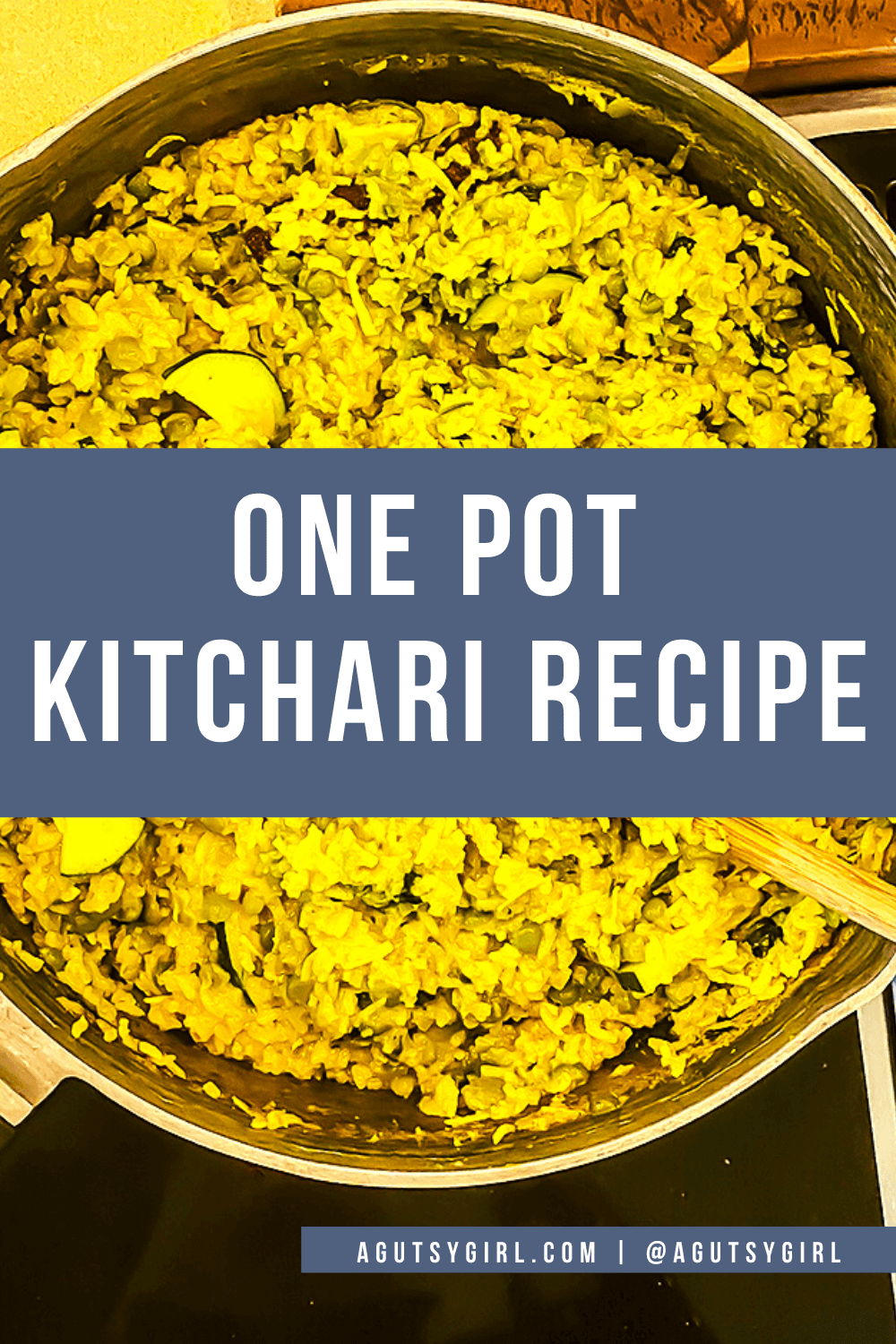
Now that you’re an expert on the kitchari, my particular recipe, and how/why you’re going to try it, let’s discuss the kitchari cleanse.
Kitchari Cleanse
You may have come upon this recipe because you’re interested in doing a kitchari cleanse.
First, a kitchari cleanse is not like any other cleanse you might have heard about. There is no green juice or hunger pangs involved. The reason it’s even called a cleanse is because kitchari includes ingredients that are to balance all three doshas, no matter what dosha(s) you fall under.
Remember, the Ayurvedic philosophy is grounded in the digestive system. Not only does this make me do a happy dance, but that means that the kitchari cleanse is conducive for the digestive system in particular.
As it relates to doing any “cleanse,” I do not think we need it. The reason is that the digestive system inherently knows how to cleanse. All the green juice, no food, and cayenne pepper in the world isn’t going to yield the promises many cleanses make.
However, the idea with the kitchari cleanse and why I can stand behind this one is twofold:
- Real food. You’re eating real food, and thus you never have to feel hungry.
- Nourishing ingredients. The various kitchari recipes are packed with nourishing, soothing, and healing ingredients.
Three Day Kitchari Cleanse
Most sources say to do a three day kitchari cleanse.
And if you want my honest opinion, I would not do more than that because it is important to remember that the traditional kitchari does not contain a ton of fiber. Therefore, it can lead to constipation if extended beyond.
And no one needs more constipation, amiright?!
There are various ways to do a three day kitchari cleanse, but on any given day, you would consume fresh kitchari 2-3 times per day.
Here are 10+ other things you can do / to keep in mind for the three day kitchari cleanse:
- Give yourself at least a few days prior to starting for weaning off all the extra things; caffeine, sugar, processed foods, etc.
- And give yourself at least a day or two afterwards for slowly reintroducing foods back in.
- Try different variations of kitchari. Instead of my olive oil, try Ghee or coconut oil. Split peas aren’t working for you? Give the canned lentils a try. Not interested in shredded coconut? Skip it. Rather have full bone broth instead of water and/or the coconut milk? Go for it! And so on.
- Start your day with warm water.
- Make your own detox tea. If you search “Ayurvedic Detox Tea,” you’ll find so many recipes and ideas. The idea with a detox tea is to support daily cleansing and digestion. I have created a soothing, custom for me. If you want to grab the recipe and run with it, I have it posted below.
- For optimal digestion, do what I suggest for general optimal digestion: at least 90-120 minutes in between meals and a 12+ hour digestive rest overnight.
- Get at least 8 hours of sleep.
- Chill-ax. There is no point in doing a kitchari cleanse (or any cleanse) if you aren’t resting and relaxing every piece of your life.
- Oil massage and steam treatments. Consider these lifestyle add-ins during your cleanse.
- Tongue scraping. This is something that’s very popular in Ayurvedic medicine, and especially during a cleanse. Get a tongue scraper and give it a try.
A Gutsy Girl’s Ayurvedic Detox Tea
The way I made mine was based on personal preference, digestive patterns, and the Ayurvedic Food Guidelines. Also, I wanted mine to be super simple with minimal ingredients.
So, three ingredients that are great for me personally are: orange peel, turmeric, and ginger.
I placed fresh ginger, plenty of it and diced, 4 drops of Wild Orange Essential Oil, 1 pinch of turmeric, and a little monk fruit for taste in a pan of water. I brought it to a boil, then let it simmer on the lowest setting possible for over an hour.
Because I used so much ginger, it was strong. But I like that because, remember, ginger is also a natural prokinetic so in addition to taking sips of this like tea, I can also use it as a “shot” prior to meals.
There are many other, more common, ways to make an Ayurvedic Detox Tea; just seek them out if you’re interested.
Will a Kitchari Cleanse Work for Me?
I don’t know. No one knows until you try it.
But the only way to know when you try it is by keeping track of the results.
The best way to know if the kitchari cleanse and/or which version of kitchari in general, works best for you is to keep track via the 90-day gut healing journal [learn all about it HERE].
You can use the notes section at the end of the journal to write/keep track of your various kitchari recipes consumed during the cleanse.
What’s cool about tracking the kitchari cleanse or just incorporating kitchari into your diet in general is that it might bring you to a whole new world of Ayurveda teachings and your own digestive system.
And finally, as promised from above, let’s chat a little about ways to balance the different doshas.
How to Balance Your Dosha
In the graphic above, you should be able to infer (generally) which dosha you fall within.
The kitchari can be part of a balancing diet for all doshas.
But here are some specific things for your own dosha.
Vata Dosha
- regular eating schedule vs skipping meals
- fats and oils
- caution gaseous foods
- dairy, grains, and naturally sweet foods are warm and grounding
- complement with spices
- lunch is the biggest meal
- drink hot liquids or water throughout the day
Pitta Dosha
- more alkaline diet
- consider reducing peppers, tomatoes, onions, and caffeine
- bitter or sweet foods might behoove you
- light spices are best (coriander, fennel, cardamom, etc.)
- lighter, plant-based proteins, poultry, and fish tend to work for you
- lunch is the biggest meal
- drink hot liquids or water throughout the day
Kapha Dosha
- light, low-carb, high-fiber diet preferred
- use sharp, warming spices
- keep out or reduce heavy foods like dairy, refined grains, and sweets
- lunch is the biggest meal
- drink hot liquids or water throughout the day
Really, everything I shared today is the tip of the iceberg.
This could all get very granular, but what is here is a thorough and comprehensive start for you to consider.
And I truly hope you try the One Pot Kitchari Recipe!
If you liked this post, you might also enjoy:
-
- Ayurvedic questionnaire. If you’re interested in working on this more with a coach, consider scheduling a call with Trinity [HERE]. She can help guide you through understanding your own dosha.
- Bone Broth Fast
- Reset Your Gut {30-Day Gut Reset with Clean Eating Magazine}
Xox,
SKH
🤰 bloating be gone! weight loss through optimal gut health for women
💃ʜᴇᴀʟ ʏᴏᴜʀ ɢᴜᴛ. ʜᴇᴀʟ ʏᴏᴜʀ ʟɪfe.
🫶🏻 founder gutbyome.com

